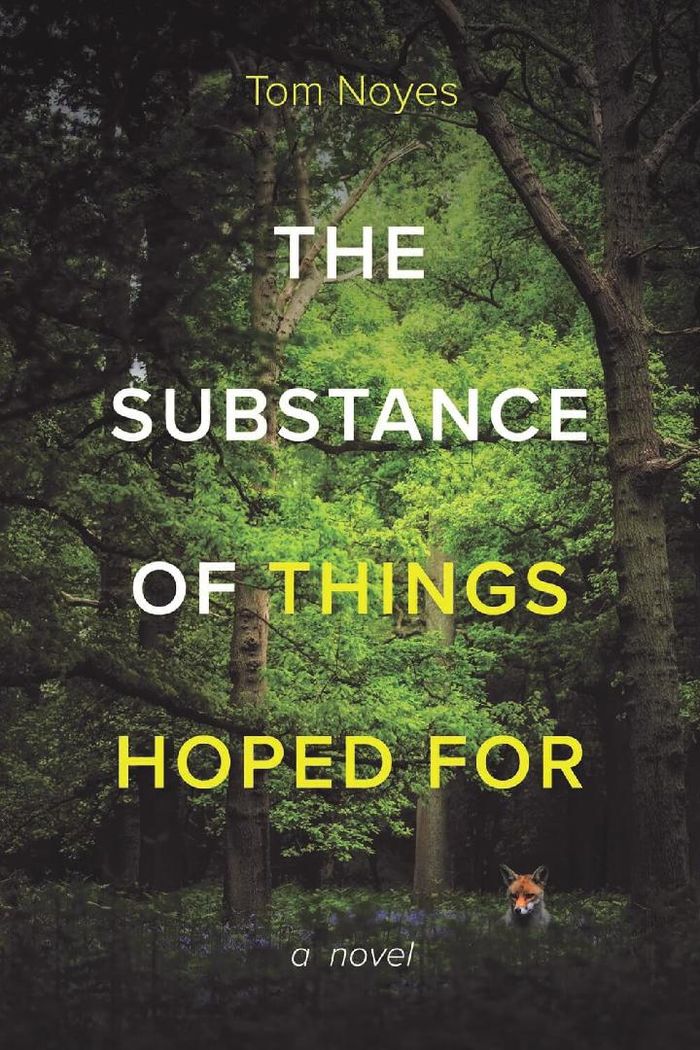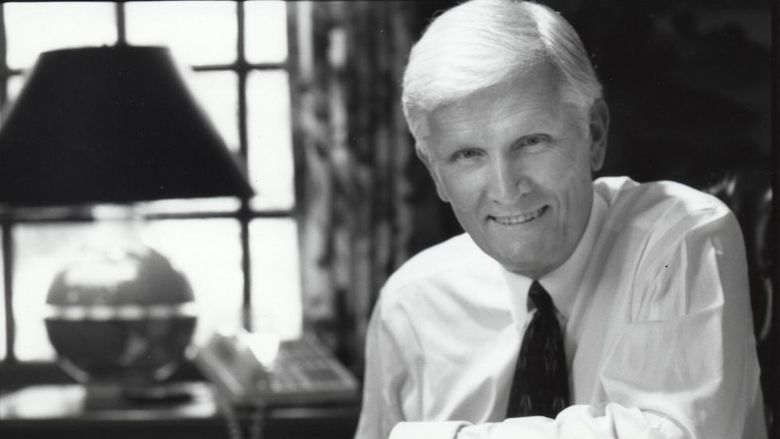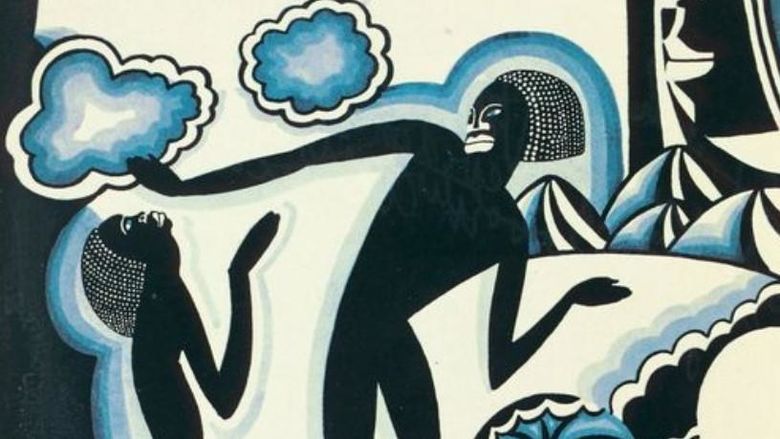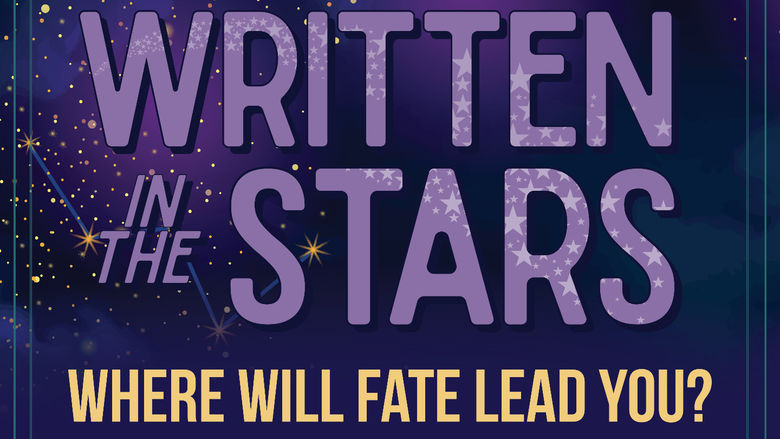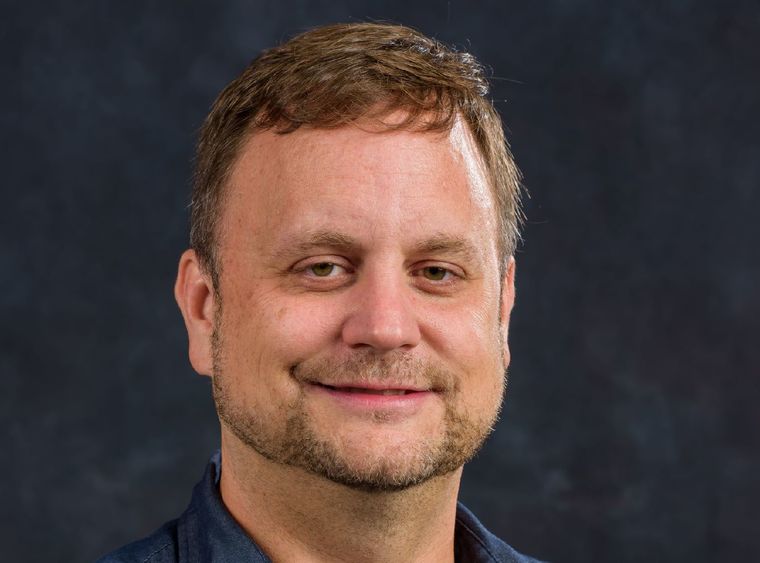
Tom Noyes is a professor of creative writing and English at Penn State Behrend. He is the author of three story collections and a novel, "The Substance of Things Hoped For."
ERIE, Pa. — As he plotted his first novel, “The Substance of Things Hoped For,” Tom Noyes, a professor of creative writing and English at Penn State Behrend, immersed himself in the books and letters of a radical preacher – a “Bible Communist” who believed that life could be lived without sin.
Noyes is a descendant of that preacher, John Humphrey Noyes. He had traveled to Oneida, New York, where the elder Noyes in 1848 established a community based on group marriage and “mutual criticism,” a practice in which community members endured scathing public assessments of their moral shortcomings.
In a guest room at the Oneida Mansion House, and in the library at nearby Syracuse University, where the Oneida Community’s archives are maintained, Tom Noyes learned more about those who had been drawn to the community. Their letters and memoirs added context to the life of John Humphrey Noyes, and to the novel.
“That helped me bring the book to life,” said Noyes, who also has published three story collections. “Going in, I had ideas about the narrative and the arc of the story, but the time I spent at Oneida really helped me flesh it out.”
One secondary character would fundamentally change the book’s structure. In 1860, a mentally ill drifter named Charles Guiteau was allowed to join the Oneida community. He proved an awkward fit, particularly among the women in the group, and eventually ran off. Years later, Guiteau would gain notoriety when, at a Washington, D.C., train station, he assassinated President James Garfield.
In the Q&A that follows, Noyes shares more about the origin of his novel, how he spun fiction from real-life events, and what he plans to write next.
What makes John Humphrey Noyes an engaging character?
He was very passionate and driven, but he also was someone who was motivated by slights. He was the kind of guy who would not forget wrongs that were done to him. He could hold on to things like that for years. Ex-lovers, former teachers, rival ministers — he wanted to show them all that he was right and that they had been wrong for doubting or rejecting him.
People liked to be around him, though. He took himself very, very seriously, but he took other people’s lives seriously, too. He didn’t take people lightly. He cared about them.
What was his downfall?
I don’t think the problem was his ideas. There were pockets of Perfectionism in the country at that time. There was the Holiness movement, which the Methodists grew out of. There were other Perfectionist congregations. The problems began once he became powerful and had people following him. Holding onto that power became his primary goal, and it corrupted his vision.
Of course, what really drove people crazy, what got him in trouble with both the church and the government, was the notion of plural marriage and free love. That was countercultural in a dangerous kind of way. It threatened the status quo.
The characters in the book are real, but the story is fiction. How did you decide where to branch off, and how far you could go?
I hadn’t written historically inspired fiction before, so I didn’t know that it was going to work. I didn’t have a good technical plan at first. So I had to stick with the advice that writers always offer themselves, which is that you have to write for the good of the work. You try to create an honest, shapely, dynamic narrative that allows some kind of truth to reveal itself.
What truth do you see here?
This novel is about larger-than-life voices. It’s about mob mentality. It’s about genuine faith as well as the dangerous, exploitative ways that religion can be used. It’s about power and freedom and responsibility.
Throughout the book, the point of view continually shifts. It begins with John Humphrey Noyes, but then you weave in Guiteau and these other voices. It feels as if we’re sitting with each of them.
I had a much shorter draft, which was just Noyes’ voice. I very intentionally tried to represent the rhythms of his own writing. I even used some of his vocabulary. Then I kind of answered him with Guiteau’s fractured, desperate voice, and the minor voices filled in around them.
The Guiteau passages take a very different tone. The voice there is tortured, with phrases and images that repeat ad nauseum. How did you land on that?
I wanted him to be a counterpointing voice, very different from the others. His language is outlandish, really. It’s all repetition and circuitous grammar. That came from me thinking about how a tortured mind might chase its own tail. How it might punish itself, and comfort itself.
You wrote some of the novel at Oneida. How did working there influence the way you see these characters?
I don’t consider myself a superstitious person, but there was something kind of goose-bumpy about being there. The rooms I stayed in were their rooms, still decorated in the 19th-century style. The Mansion House library where I worked was Noyes’ library.
I had a reservation to spend a night in Noyes’ bedroom, but a few days before I arrived, a huge beehive was discovered in the wall of his room. So, I couldn’t sleep there. But I did put the bees in the novel.
Before this novel, you had published three collections of short stories. Do you plan to return to that format, or will you continue with the longer form?
I really do love the short-story form. I didn’t set out to write a novel, but the idea that I had and the characters I wanted to explore called for it. There was just so much there.
I’ve written more stories since I finished the novel. I’m close to having another book-length collection ready. But you never know when one of those stories might take you aside and tell you it wants to be something longer.
Robb Frederick
Director of Strategic Communications, Penn State Behrend
